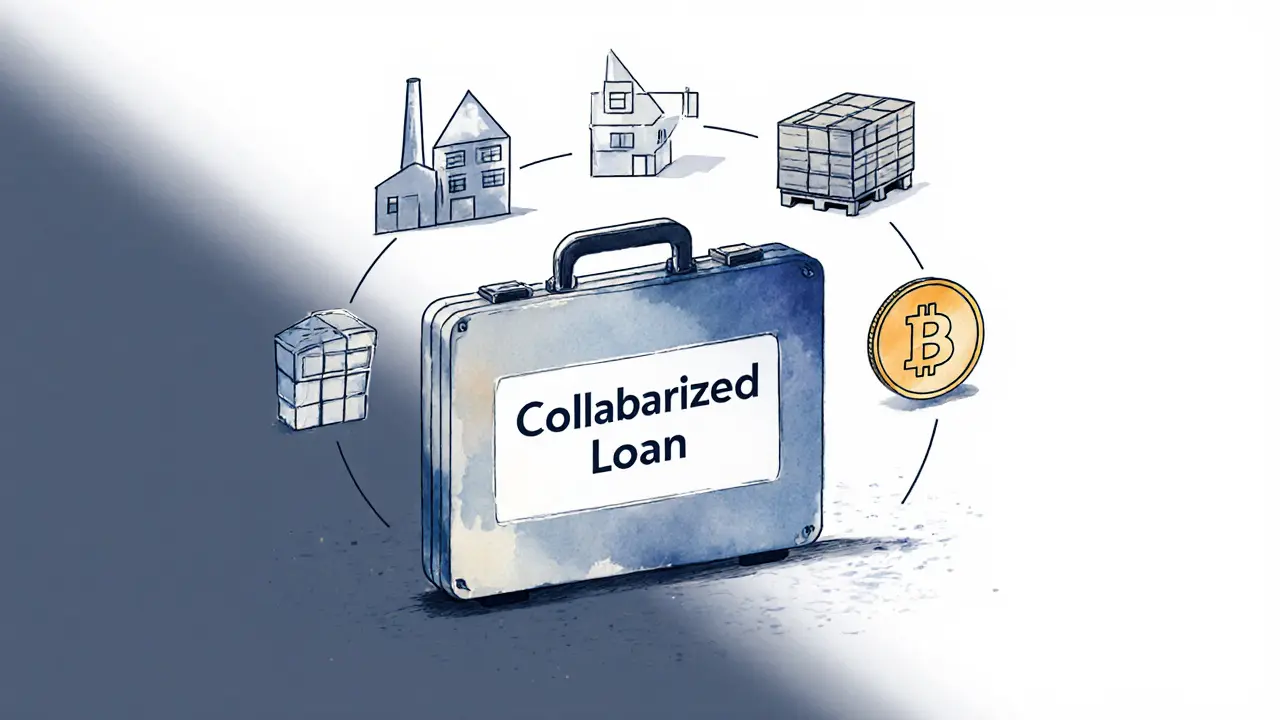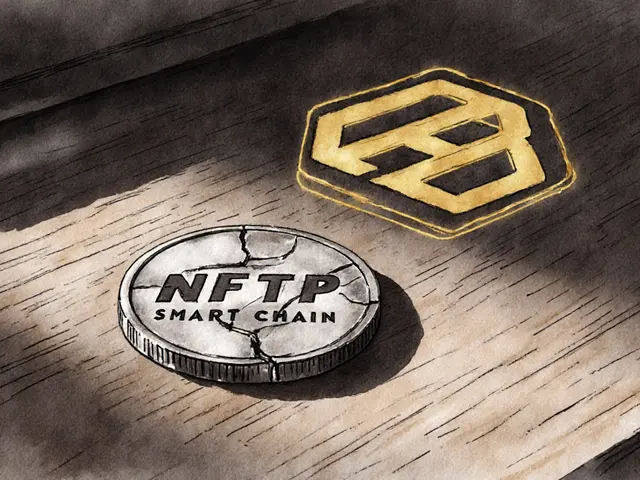DeFi liquidation
When dealing with DeFi liquidation, the process where a decentralized finance protocol forces the sale of a borrower’s collateral to cover an under‑collateralized loan. Also known as crypto collateral liquidation, it keeps the system solvent by automatically converting assets when market prices drop.
Understanding DeFi liquidation helps you protect your positions and avoid nasty surprises. At its core, a liquidation is triggered when the value of the posted collateral, the asset a borrower locks up to secure a loan falls below a protocol‑defined safety threshold. Most platforms set this threshold around 110‑150% of the borrowed amount, meaning a 30% price dip can instantly start a cascade of forced sells.
Key components that drive a liquidation
Three pieces of infrastructure make the whole thing work: the price oracle, a decentralized data feed that reports the current market price of an asset, the liquidation bot, automated software that watches for under‑collateralized positions and executes the sell order, and the lending protocol’s liquidation parameters (penalties, reward rates, and auction styles). If any of these elements misbehave, borrowers can get liquidated far above the normal risk level.
Take a typical borrowing scenario on a platform like Aave. You lock ETH as collateral and borrow USDC. The protocol constantly reads ETH’s price from a Chainlink oracle. If the oracle reports a 25% drop, the health factor slides below 1.0. At that moment, liquidation bots spring into action, buying the USDC debt and selling enough ETH to bring the health factor back up. The bot receives a liquidation bonus—often 5‑10% of the collateral—while the borrower loses the rest.
Why does the oracle matter so much? Because it’s the single source of truth for the protocol. A compromised or delayed feed can show a price far from reality, causing premature liquidations (a “oracle attack”). Conversely, a stale price can let a risky position linger, endangering the whole pool. This is why many projects run multiple oracles in parallel and apply a time‑weighted average price (TWAP) to smooth out spikes.
Liquidation bots are the unsung heroes (or villains) of DeFi. They monitor thousands of loans across dozens of contracts, scanning for health‑factor breaches every few seconds. Some bots are community‑run, others are built into the protocol itself. The most aggressive bots use flash loans to borrow the exact amount needed for a liquidation, repay the debt, and pocket the bonus—all in a single transaction. This flash‑loan‑powered liquidation model keeps the system liquid but also creates a competition where only the fastest bot gets the reward.
If you’re a borrower, the best defense is to stay comfortably above the liquidation threshold. Adding a buffer of 20‑30% extra collateral, using assets with low volatility, or setting up a personal liquidation guard (a small bot that repays part of your debt before the protocol’s bots step in) can buy you time. Many users also monitor the same oracles they trust, so they get an early warning before the protocol does.
From a protocol designer’s perspective, balancing incentives is a juggling act. Too high a liquidation bonus attracts bots but hurts borrowers; too low a bonus leaves the system under‑protected. Some newer platforms use Dutch auctions or batch liquidations to reduce the “winner‑takes‑all” effect and lower price impact.
Our collection below covers the whole DeFi liquidation ecosystem: from detailed token profiles that often become liquidation targets, to exchange reviews that show where you can trade the sold assets, and guides on how order types affect your exposure. Dive into the articles to see real‑world examples, learn how to spot risky collateral ratios, and discover tools that can help you stay safe in a volatile market.
Understanding the Liquidation Process in Collateralized Loans
A clear, step-by-step guide to liquidating collateralized loans, covering SBA 7(a) loans, CLOs, and DeFi protocols, plus best practices, legal tips, and a comparison table.
View More




